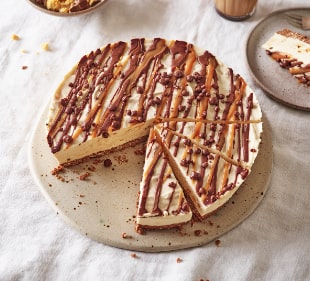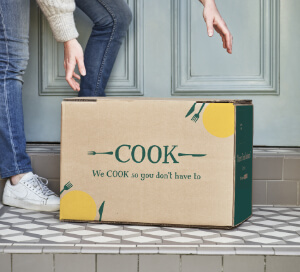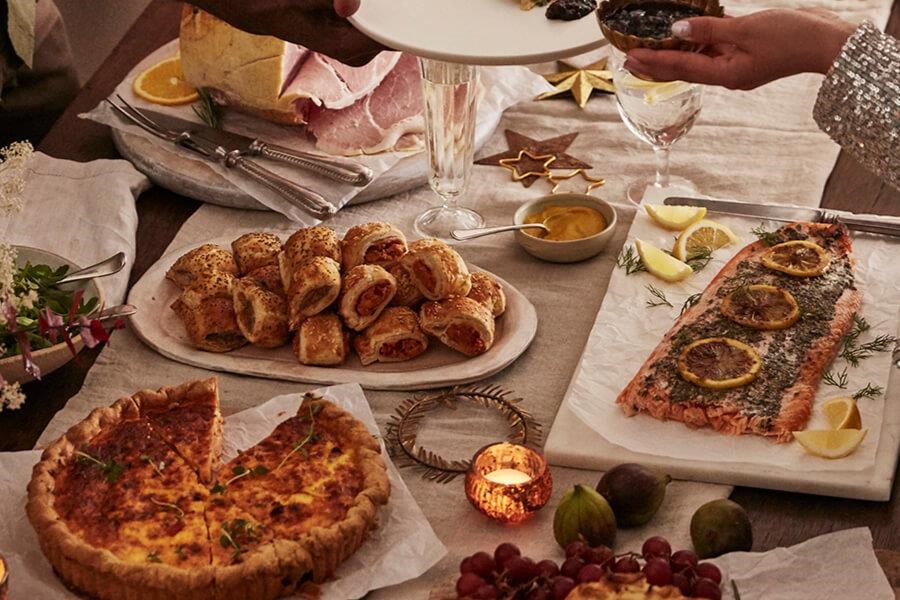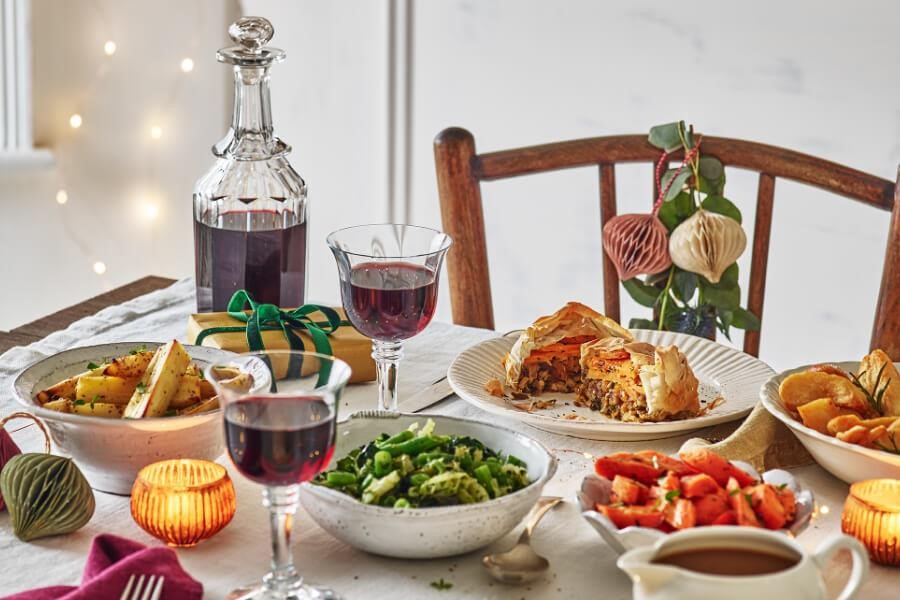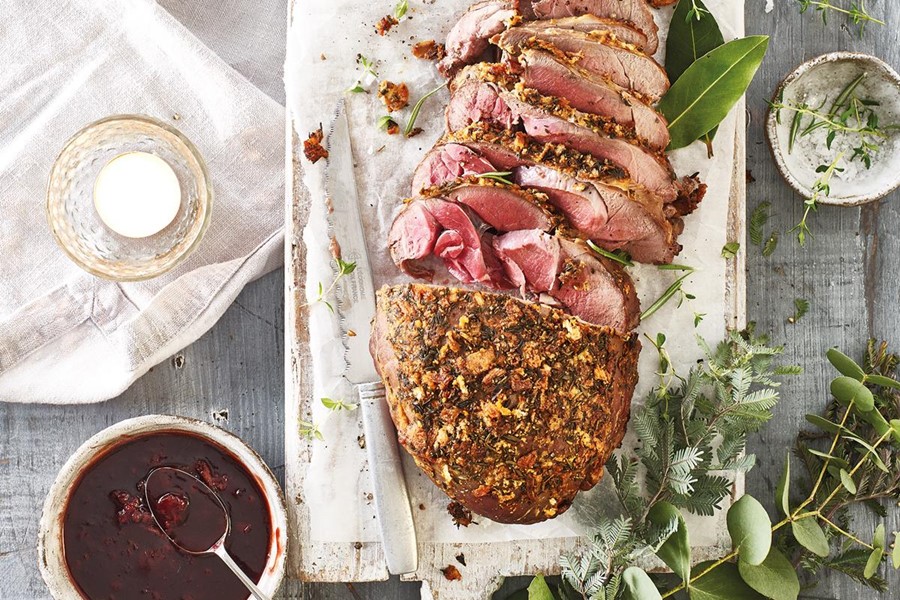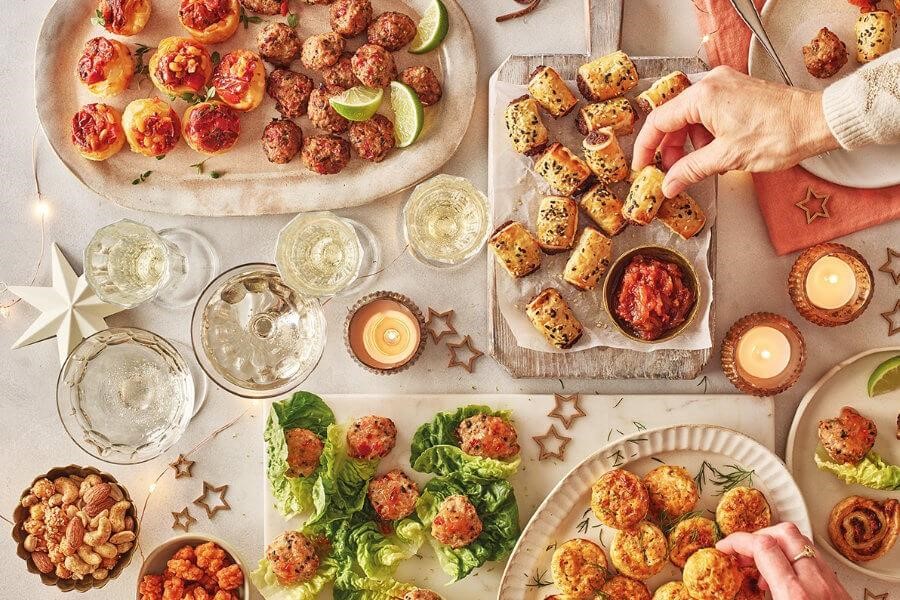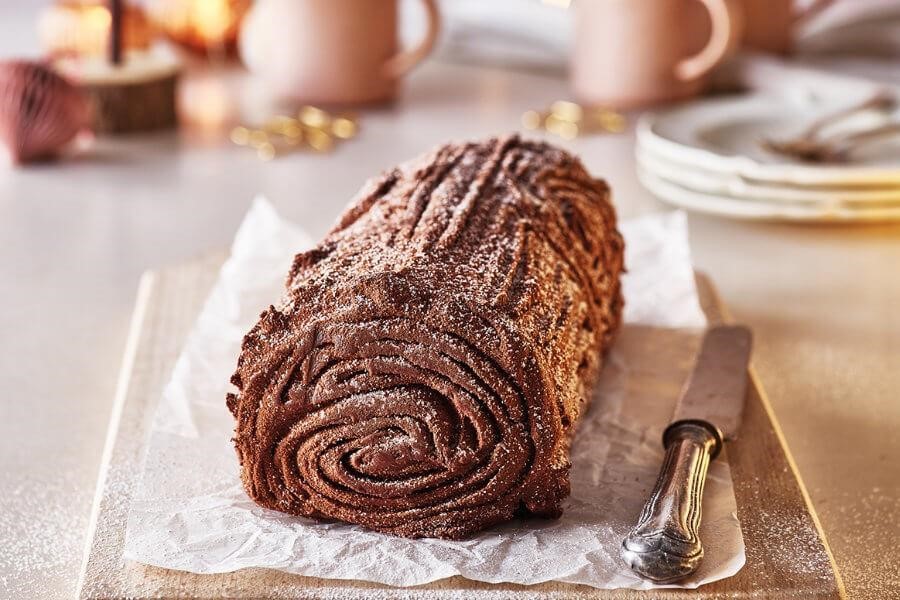
The Perfect Christmas Dinner Party
It’s the season of get-togethers. Office parties, family gathers, neighbourly drinks … and, maybe best of all, having friends over for dinner.
While the words ‘dinner party’ bring to mind 70s tablecloths, prawns in wine glasses and Tom Jones’ LPs spinning away on the record player, the concept of getting together around a table for a special evening with old friends has never gone out of fashion. So here’s how to host the perfect dinner party over Christmas … without the stress (or the Marie Rose sauce).
Before we start, this is about special, one-off dinners, rather than hosting a group over the festive period (we have a separate post about that here). We’re assuming any children will be safely asleep in bed and that you’re looking to push the boat out a bit, when it comes to the food.
All right. Let’s begin.
Planning Your Party
The Basics
First off, get those invites out. People are busy at Christmas, so don’t wait until the last minute to arrange the date. If you’re struggling to get everyone together, why not have two more intimate dinner parties of 4 or 6, rather than one big one?
Next, you need to check the basics – everything from any dietary requirements to making sure you have enough seats, plates, bowels and cutlery.
When you plan the meal itself, check you have the space you’ll need – in the fridge and freezer for storage (and don’t forget to leave space for the drinks) and in the oven and on the hob when it comes to the cooking.
The Table
Even if you’re keeping it simple, a couple of simple little touches will make your dining table look special. A few candles, a clean tablecloth, and some flowers can make all the difference.
Make your cutlery and glasses sparkle by cleaning them with a solution of white wine vinegar and warm soapy water. For any serious marks, put some neat vinegar onto a clean cloth and use some elbow grease.
Drinks
Offering guests a drink before dinner is not only practical – as some people’s timekeeping leaves a lot to be desired – but it’s also sets the evening up nicely.
Mulled wine is an obvious festive choice. We just adore the Selsley Gourmet Mulling Syrup – add a part syrup to 8 parts red wine (just a table wine will do) for a perfect, hassle-free mulled wine. It also works with mulled cider and, for drivers and teetotallers, with mulled apple juice.
For cocktails the possibilities are endless. Just don’t get carried away. For a dinner party, just one or maybe two options are enough … too many and dinner might not happen at all! Choose one you can stir or shake up then add to ice, if it’s required. Then you can knock some up and enjoy your evening without all the ice melting and diluting your masterpiece.
A good non-alcoholic option is important, too, alongside having water available. Sparkling elderflower is always popular, we’ve found.
If you’re serving fizz or white wine, you’ll need to put it in the fridge in the morning. If you forget, put the bottle in iced water and add around 4 tablespoons of salt, which will lower the freezing point of the water. That will chill it down nicely.
Last but not least, don’t forget the nibbles with your pre-dinner drinks. Don’t make your life difficult by serving canapés that require you spending the evening in the kitchen. If you’re looking to buy some in, here at COOK we have loads that are prepared by hand and all cook at the same temperature in the oven. Just add a herb garnish and you’re away. We think about 4 per person per hour is about right for pre-dinner drinks.

Starter
Who doesn’t love a starter? A basic rule is to remember it’s the first of three courses, so don’t serve anything too filling. It should be big in flavour but not in size. And it should complement the other courses; if you’re having red meat for the main, for example, try fish or something vegetarian as the starter.
If you’re serving something with bread, like soup or a terrine, it freezes really well. So if you can’t get a really good loaf for your dinner party near the time, get one in advance, wrap it up and freeze it, then defrost overnight. You can always slightly warm it in the oven, too.
A Standing Start
If you love the idea of canapés and drinks, why not make them the starter? Six per person will be plenty, just make sure you’ve got a nice selection and, if you have anyone with allergies or an intolerance, to make up a plate for them separately.
A Shared Starter
There’s no need to be too formal. Have a few plates for guests to pass around and help themselves. A baked camembert, some slices of figs, good crusty bread and butter, a chutney, some salad … dishes like these are all easy enough to get ready. Or you could go down the seafood route, with a smoked salmon terrine with thin slices of toasted sourdough and a watercress salad.
Individual Starters
For a traditional start to the meal, you could serve a good soup with warmed baguette and butter, a hearty mushroom risotto, scallops, mussels, bruschetta, or be like the Italians and bring out a good pasta dish.

The Main Course
We’re going to assume that you’re hosting a party so you can enjoy a good meal with your friends, not so you can keep up with the Joneses by showing off your ground-breaking culinary skills. You’re not competing on MasterChef, so don’t pick a complicated recipe you’ve never made before. Sure, go the extra mile, but be realistic. You won’t be short of options even if you play it safe. And, if you really want to try something new, have a trial run first.
Individual Plates
With a little thought, you can make staples of home cooking into something memorable. For example, you can serve a casserole in individual ramekins topped with slices of toasted French bread and Gruyère cheese. Pop them under the grill for a few minutes, sprinkle with parsley and, hey presto! Dinner is served. Presentation is key. Some basic concepts include: Don’t overcrowd the plates – and make sure they are warm – so there’s space for guests to add potatoes, veg and so on themselves; Add a bit of height where you can; Add some colour, even if it’s just a vibrant sprinkling of herbs or a wedge of lemon; And include a range of textures.
The Centrepiece
Many dishes are best served at the table. A great big pie, a beef wellington or a roast haunch of venison, for example, will make for an impressive centrepiece. At COOK, we always make a special range of centrepieces like this (you can find this year’s range here) – as they are always very popular for special meals.
If you’re serving meat, make sure knives are sharp. You could cut some slices before you bring it to the table. And, with beef or lamb, the centre should be rarer than the ends, so ask your guests how they like it.
Side Dishes
As with the plates, hot food should go onto warm serving dishes. Your veg or potatoes will quickly lose their appeal if they’re put into cold bowls. If you’re short on oven space, you can warm most in the microwave for a minute, or pour in some boiling water and leave for a while.
It’s a dinner party, so you can go for it with the potatoes. Why not have a carrot and swede mash, instead of the more basic version? Or dauphinoise instead of roasties?
Flavoured butters can be made in advance and then frozen. A few discs of these on your veggies will give them some real oomph.
Sauces
Yes, you can do a delicate little swirl of sauce around the main course on individual plates like you’ve seen on the telly … but there’s every chance they will lose its appeal on the journey from the kitchen. Either way, make sure you have extra sauce or gravy at the table in a warmed jug, ready to go.
Don’t forget the condiments, too, like mustard, horseradish, apple sauce and so on. Serve in ramekins with a teaspoon.
Garnishes
Simple but effective, when it comes to adding a special touch. Herbs and slices of lemon or lime are the obvious ones. But you can add pomegranate seeds for lamb, a little grated horseradish for beef, chopped nuts or seeds, a little pinch of spices, even edible flowers. Have a think about what would look good and enhance the colour, texture and taste of your main course.

Puddings
Choose your puddings last and think of it in the context of your meal. If you’re serving steak with a cream sauce for a main, you won’t want a creamy pudding afterwards.
Again, you’re not short of choices. Hot or cold? Fruit or chocolate? Individual ones or a centrepiece.
Whatever you decide, you won’t want to spend the meal popping into the kitchen, so choose something that can be made in advance or that you can just add your own touch to something you bought.
For larger groups, consider getting two smaller puddings, so guests have a choice … or, let’s be honest, the option of a bit of both.
If you’re serving at the table, make sure you have a sharp knife. Some puds will benefit from the knife being wiped clean between cuts.
Remember, where appropriate, to serve with a little cream, chocolate sauce, coulis or ice cream on the side. A few fresh berries, sprigs of mint and perhaps a dusting of icing sugar will serve as a perfect garnish for most puddings.
Coffee
After a big meal, remember to give guests the option of a small coffee or, if you’re feeling continental, a digestive like a brandy or liquor.












